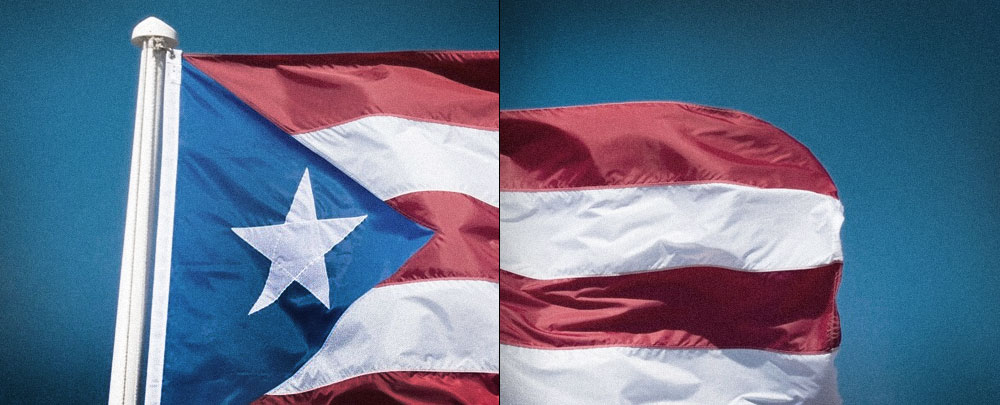Natural disasters are complicated and planning for them can be incredibly difficult. Weather, while some may claim is predictable, can change in the blink of an eye. Whether you’re preparing for a hurricane, blizzard, or trying to evacuate your community due to a wildfire, a solid plan is critical.
Benjamin Franklin knew the power that Mother Nature held, which is evidenced by his inventing a mechanism for protecting buildings from damaging lightning strikes. His words of advice are applicable to larger-scale forces of nature: “By failing to prepare, you are preparing to fail.”
This is especially true in emergency management where “starting from scratch” in a disaster is a recipe for, well… disaster. There must be a playbook clearly outlining chain of command, tasks, resources, and accountabilities for every conceivable scenario.
One of the best ways to learn is by examining past mistakes (and successes) and applying the lessons to your own response planning.
What We Learned from Hurricane Maria
Hurricane Maria devastated Puerto Rico in 2017. During the event, and in its aftermath, what worked and what did not in emergency management? The biggest takeaway… communication plans are paramount to an efficient response to such disasters.
When Hurricane Maria hit, the Centers for Disease Control deployed a specialized team to Puerto Rico, led by Health Communication Specialist Ashley Andujar. She blogged about what she learned, and how important it is to recognize preparedness gaps to improve and implement them in future plans.
Communication stands out as a significant factor in Andujar’s learnings. Let’s focus on three important lessons that could be implemented throughout the United States based on what happened in Puerto Rico:
- Map Your Communication Channels
- Prepare Communication in Advance
- Conduct Community Outreach
Create a Communication Channel Map
Most of us are so accustomed to being connected that we can hardly imagine not being able to communicate in real time. Smart phones, cars, even our doorbells are now connected. But what happens when disaster strikes and we lose connectivity? How will we share critical, if not life-saving information with our communities then?
Identify the channels that will be accessible in the event of a disaster, when traditional lines of communication may be down. Create a map of which channels to use for what type of scenario and store a copy both online and offline so you are guaranteed access.
Communicate your communication plan. No, seriously, let your community know in advance which channels you will use to communicate during a natural disaster,what information they can expect to receive, and where it will be found.
Additionally, a robust mobile communications vehicle can provide critical communications and connectivity capabilities when and where they are needed most.
Craft Messages in Advance
While some people thrive in chaos and thinking on their feet, the information needing to be disseminated in an emergency is not something that should be left until after a devastating event occurs. Information such as where to find shelter, clean water, or emergency health services must not be delayed.
One way to be prepared is to craft actual messages before a disaster strikes. Writing effective messaging that is thoughtful and clear ahead of time can make all the difference.
In the case of Hurricane Maria, Andujar indicated that the CDC put together a reference document featuring the most up-to-date science about multiple hurricane-related health threats. They used this document as the foundation and it sped up their ability to respond quickly and communicate effectively with the Puerto Rican citizens.
Engage the Community
When disaster strikes, people naturally want to help. While there will be much need for this assistance, it’s important that messaging is well-coordinated and consistent. ]
Andujar and her team put together print materials with important information and distributed them throughout Puerto Rican community events. In addition to attending those events, the teams traveled to numerous hospitals, shelters, disaster recovery centers, schools, and even went door-to-door.
The key is developing a communication plan that is centered around one clear, core message, and then making sure your community knows in advance when and where that message will be coming from. Misinformation can be extremely dangerous.
Let Nomad GCS Help
We understand the unpredictable nature and other challenges of disaster scenarios. Our mobile command and communications solutions are developed with uncompromising public safety in mind.


